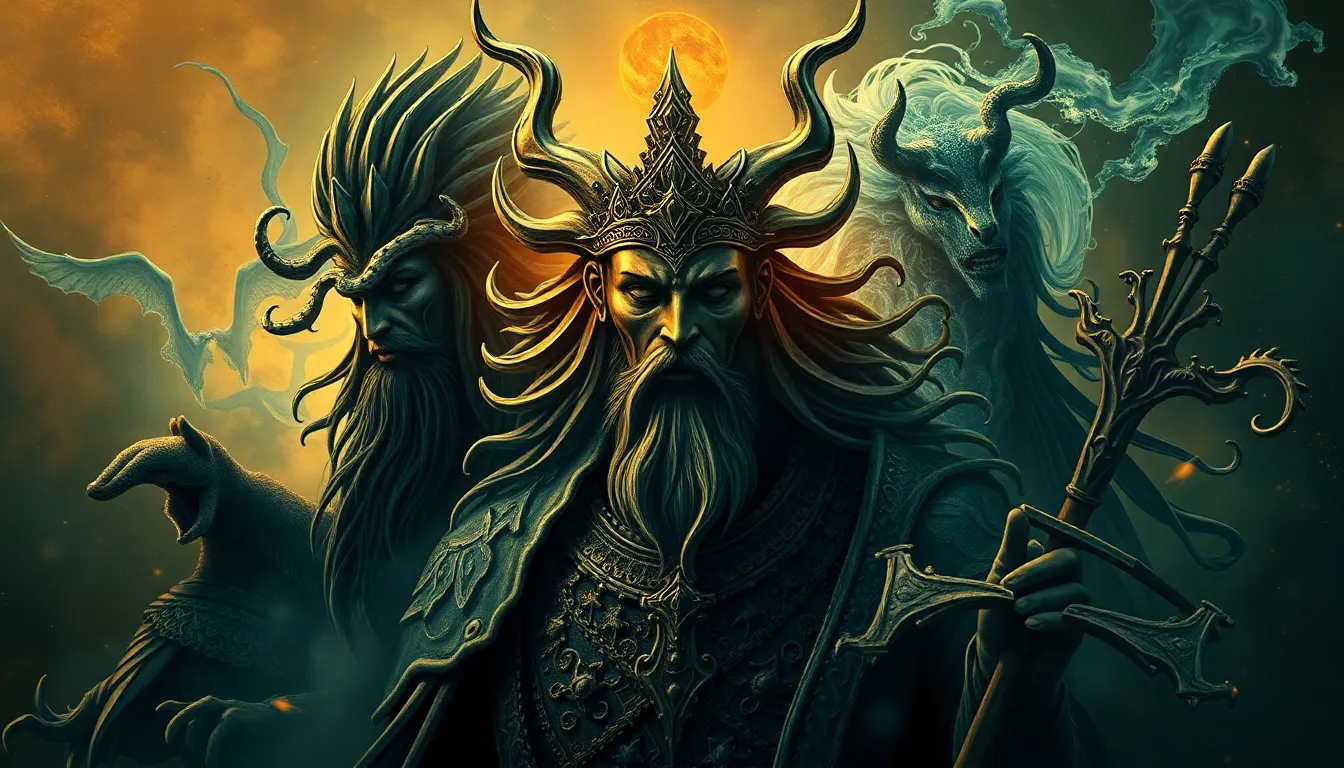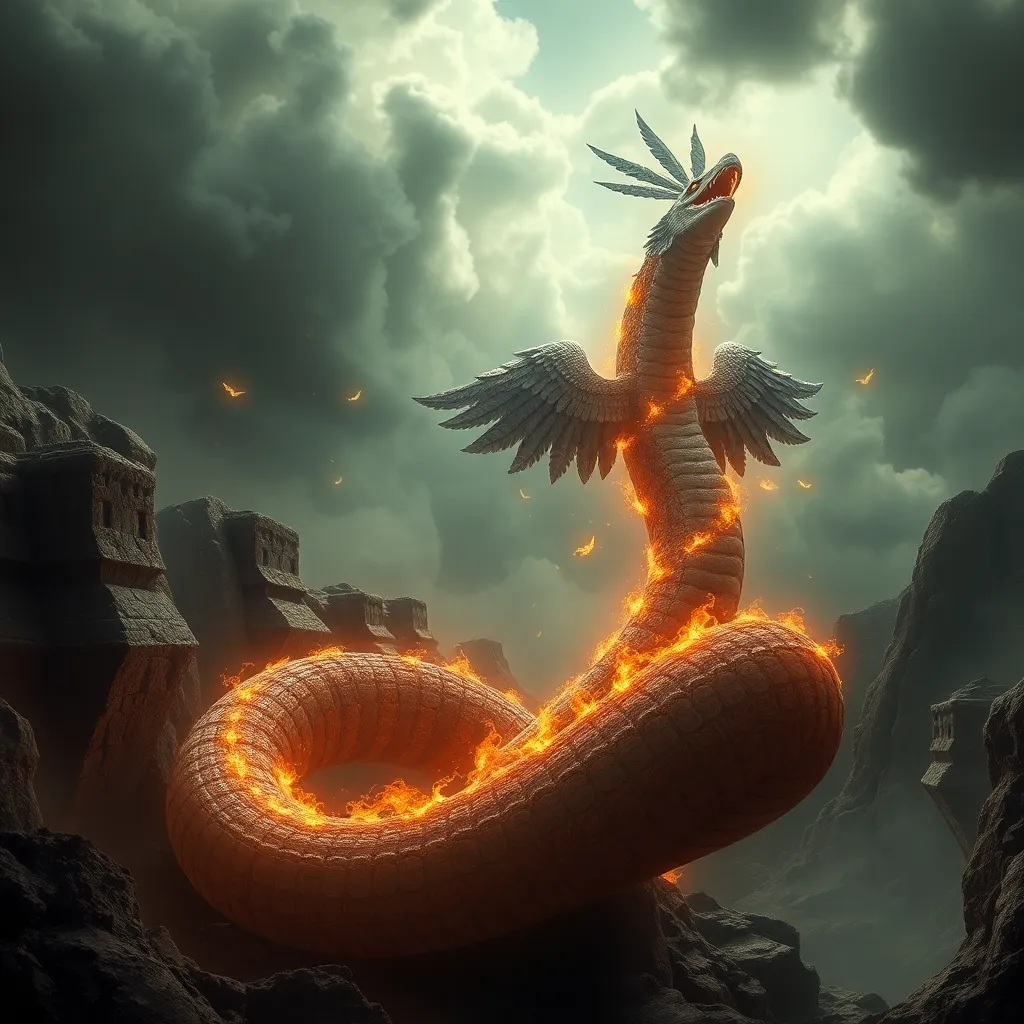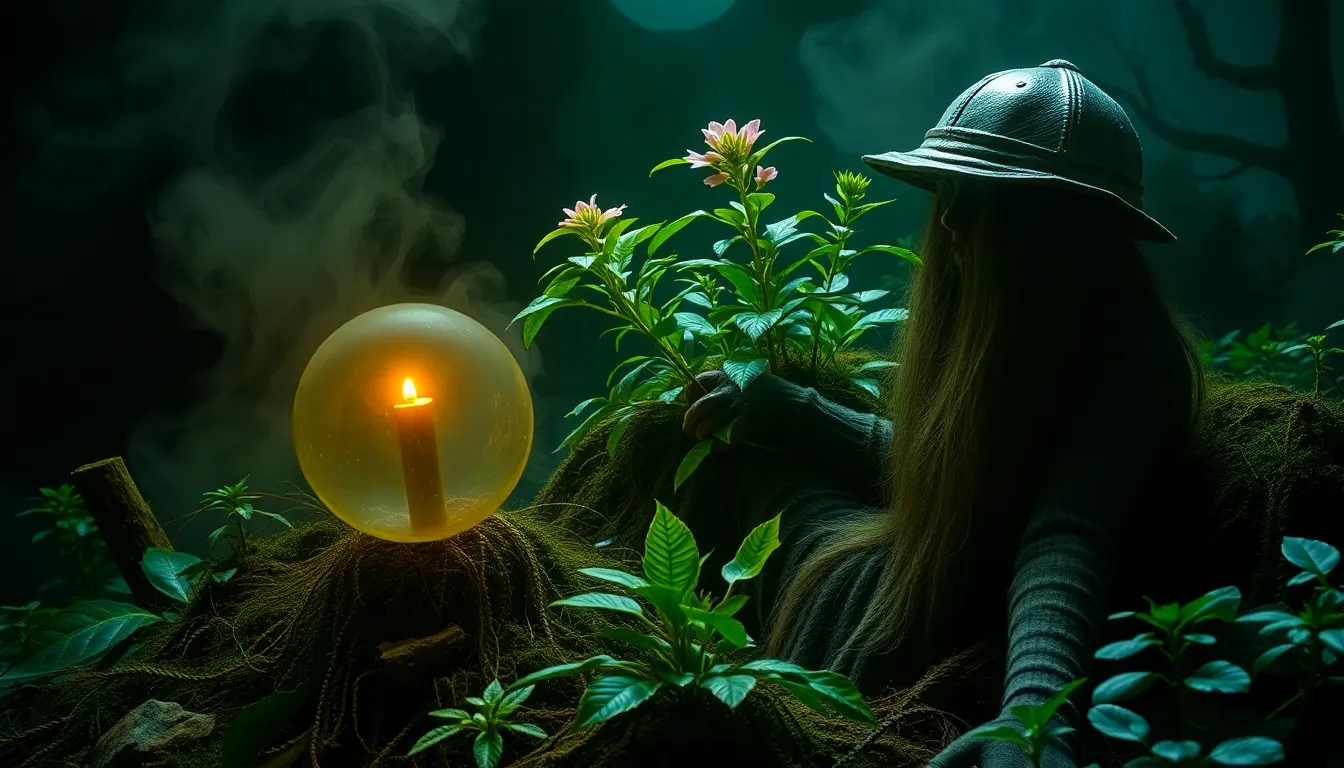The Mythical Archetypes of Cultural Heroes
I. Introduction
Cultural heroes are figures that embody the values, beliefs, and aspirations of a society. They serve not only as symbols of strength and virtue but also as reflections of the human experience. These heroes often possess mythical qualities, transcending the ordinary to deliver powerful narratives that resonate across generations.
Mythical archetypes play a crucial role in storytelling, providing a framework through which complex human experiences can be expressed and understood. They help audiences to make sense of the world, offering insights into moral dilemmas, societal norms, and the journey of life itself.
This article aims to explore various archetypes of cultural heroes, examining their characteristics, significance, and the ways they resonate across different cultures. From warriors to tricksters, sages to rebels, these archetypes illuminate the rich tapestry of human experience.
II. The Hero’s Journey: A Universal Framework
Joseph Campbell’s concept of the Hero’s Journey outlines a universal narrative framework that appears in myths, legends, and stories around the world. This monomyth describes the typical adventure of a hero, which can be broken down into several stages:
- The Call to Adventure: The hero is summoned to leave their ordinary world.
- The Initiation: The hero encounters challenges, meets mentors, and faces trials.
- The Return: The hero returns home transformed, often bringing wisdom or a boon to their community.
These stages are relevant to cultural heroes as they encapsulate the journey of growth, conflict, and resolution that is central to the human experience. Examples of heroes who embody this journey include:
- Odysseus from Greek mythology, who faces numerous trials on his way home.
- Frodo Baggins from “The Lord of the Rings,” who undertakes a perilous quest to destroy the One Ring.
- Harry Potter from J.K. Rowling’s series, who grows from an insecure boy into a confident hero.
III. The Archetype of the Warrior
The warrior archetype is characterized by traits such as bravery, honor, and a strong sense of duty. Warriors often fight for justice, protect their communities, and embody the ideals of courage and resilience.
Examples of the warrior archetype from various cultures include:
- Achilles from Greek mythology, a formidable fighter with a tragic fate.
- Miyamoto Musashi, a legendary Japanese swordsman known for his unmatched skill and philosophical insights.
- Mulan, a Chinese heroine who disguises herself as a man to take her father’s place in battle.
The warrior’s role in society often extends beyond mere combat. They serve as symbols of societal values, embodying the principles of honor and sacrifice while also playing a crucial role in conflict resolution within their communities.
IV. The Trickster Archetype
The trickster is an archetype characterized by cunning, wit, and a penchant for challenging societal norms. They often act outside the rules, using their intelligence to navigate complex situations and provoke change.
Cultural examples of the trickster include:
- Loki from Norse mythology, known for his mischief and ability to shape-shift.
- Anansi from African folklore, a spider who uses cleverness to outsmart others.
- Coyote from Native American mythology, often depicted as a mediator between the spiritual and physical worlds.
The trickster’s role is vital in challenging the status quo, often leading to societal transformation by questioning norms and provoking thought. Their actions can result in both chaos and creativity, fostering change in unexpected ways.
V. The Sage: The Wise Mentor
The sage archetype represents wisdom, knowledge, and guidance. Sages are often mentors to heroes, providing the insights and teachings necessary for the hero’s journey.
Prominent examples of the sage include:
- Merlin, the legendary wizard in Arthurian legends, who advises King Arthur.
- Confucius, whose teachings on ethics and morality continue to influence societies.
- Yoda from the “Star Wars” franchise, who imparts wisdom to young Jedi.
The sage’s influence on a hero’s journey is profound, often providing the necessary tools and understanding to navigate challenges. In society, sages represent the value of knowledge and the importance of mentorship.
VI. The Mother/Father Archetype
The nurturing qualities of parental figures are embodied in the mother/father archetype. These figures provide care, guidance, and protection, often serving as the emotional backbone of communities.
Cultural representations of these archetypes include:
- Gaia in Greek mythology, the personification of Earth and mother to all living things.
- Gaea in Roman mythology, similar to Gaia, representing fertility and nurturing.
- Father Time, symbolizing the passage of time and the wisdom that comes with it.
The impact of these archetypes on family and community values is significant, reinforcing the importance of compassion, support, and the nurturing of future generations.
VII. The Rebel: The Catalyst for Change
The rebel archetype is characterized by defiance against established norms and a desire for change. Rebels challenge the status quo, often at great personal risk, and inspire others to pursue justice and reform.
Examples of rebels in mythology include:
- Prometheus, who defied the gods to bring fire to humanity.
- Robin Hood, who stole from the rich to give to the poor, symbolizing social justice.
- Joan of Arc, a peasant girl who led French troops to victory and became a symbol of courage and nationalism.
The role of the rebel in societal transformation is vital, as they often ignite movements for justice and equality, challenging oppressive systems and inspiring others to take action.
VIII. The Lover: The Power of Compassion
The lover archetype embodies passion, connection, and the profound effects of love. Lovers often sacrifice for the ones they care about, representing the power of compassion and unity.
Cultural figures that exemplify the lover archetype include:
- Orpheus, who ventured into the underworld to retrieve his beloved Eurydice.
- Tristan and Isolde, whose tragic love story highlights the complexities of desire and loyalty.
- Shahrzad, the storyteller from “One Thousand and One Nights,” who uses her wit and storytelling to save her life and change the heart of the king.
The lover’s contribution to themes of connection, sacrifice, and unity is essential in reinforcing the importance of relationships and emotional bonds within societies.
IX. The Shadow: The Dark Side of the Hero
The shadow archetype represents the darker aspects of human nature, often embodied in a hero’s adversaries or internal conflicts. Confronting the shadow is crucial for personal growth and societal understanding.
Examples of shadow figures in hero narratives include:
- Darth Vader, whose journey from hero to villain underscores the struggle between light and darkness.
- Loki, who represents chaos and the complexity of loyalty and betrayal.
- Dr. Jekyll/Mr. Hyde, illustrating the duality of human nature and the struggle against one’s darker impulses.
The significance of confronting the shadow lies in the opportunity for growth and redemption, both for the individual and society. By acknowledging and integrating these darker aspects, a more balanced understanding of humanity can emerge.



